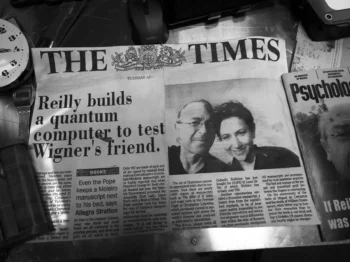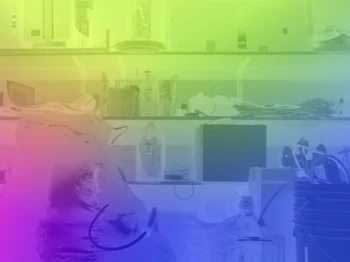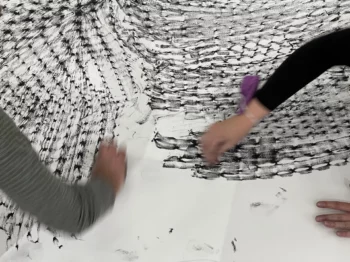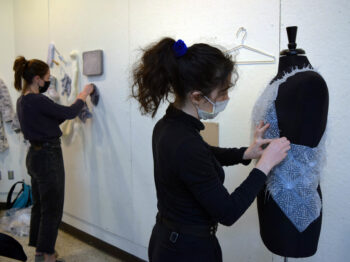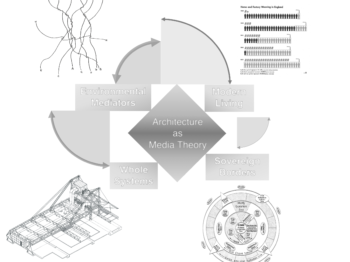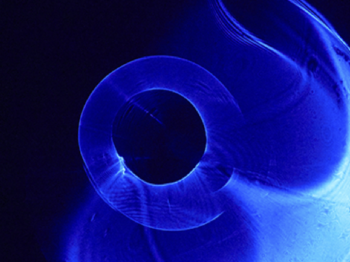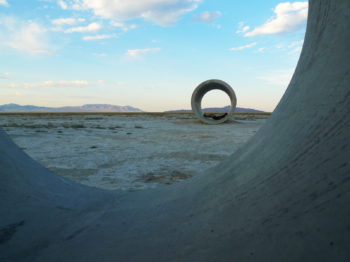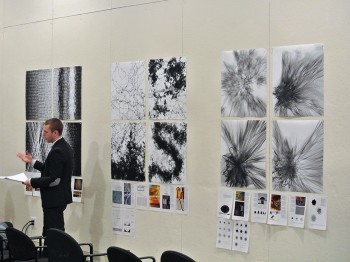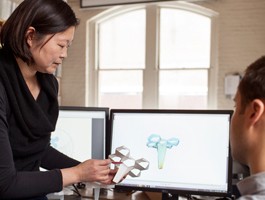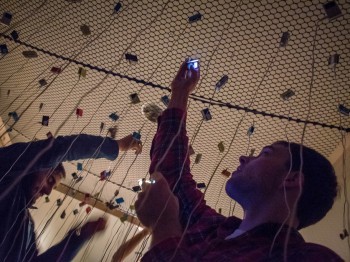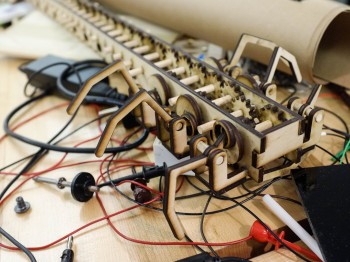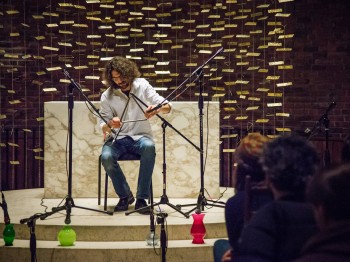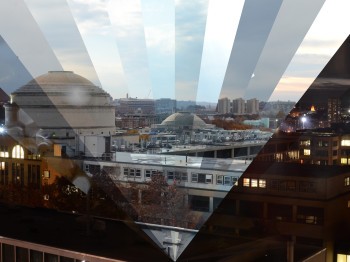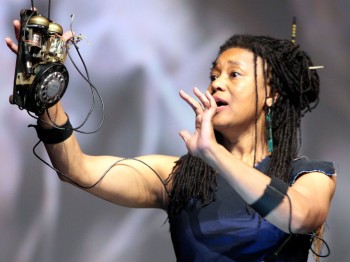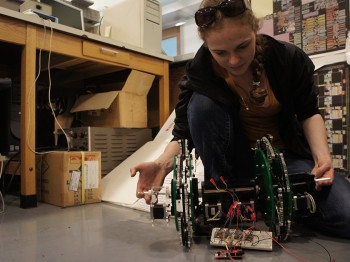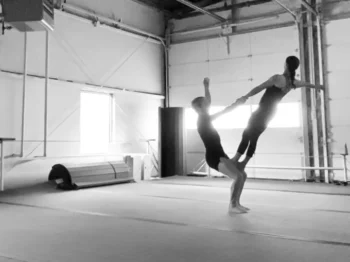
Thinking on Your Feet: Dance as a Learning Science
Instructor: Jennifer Light
Exploring the past, present, and future of dance as a learning science, the class combines readings and discussion with experiential learning. Readings span the science of movement and learning, studies of educational dance, and research on school reform. Lab exercises led by guest artists introduce the rich possibilities of dance for teaching subjects across the curriculum. For their final project, students choreograph a lesson on a topic of their choosing.
Offered: Fall 2024

